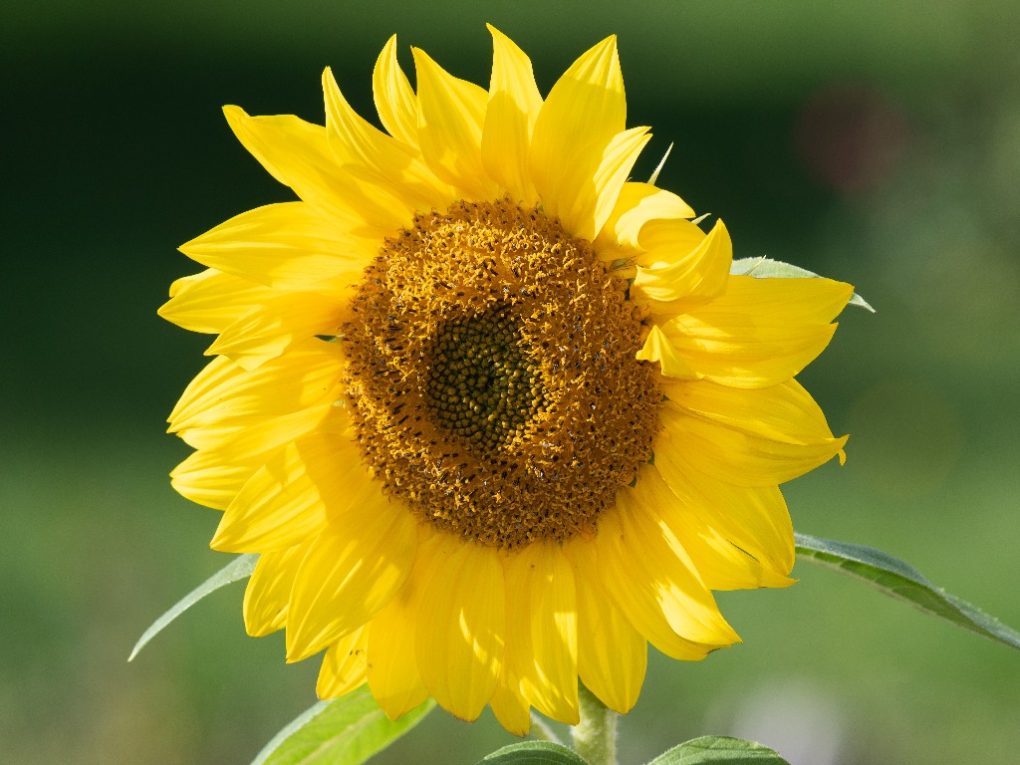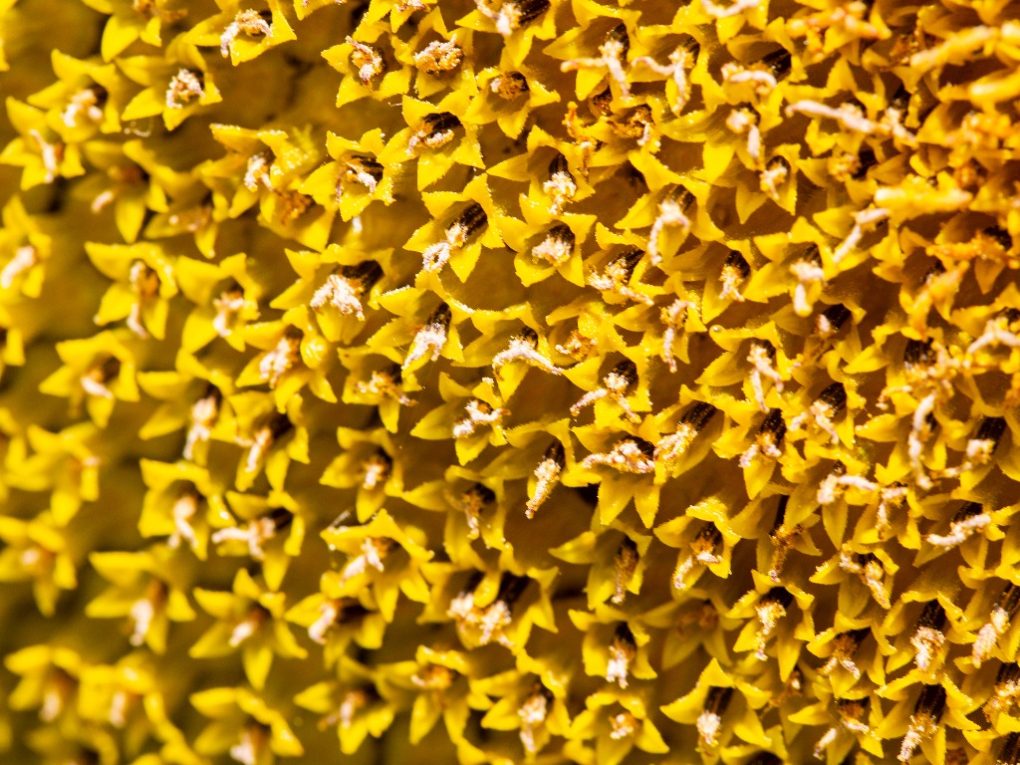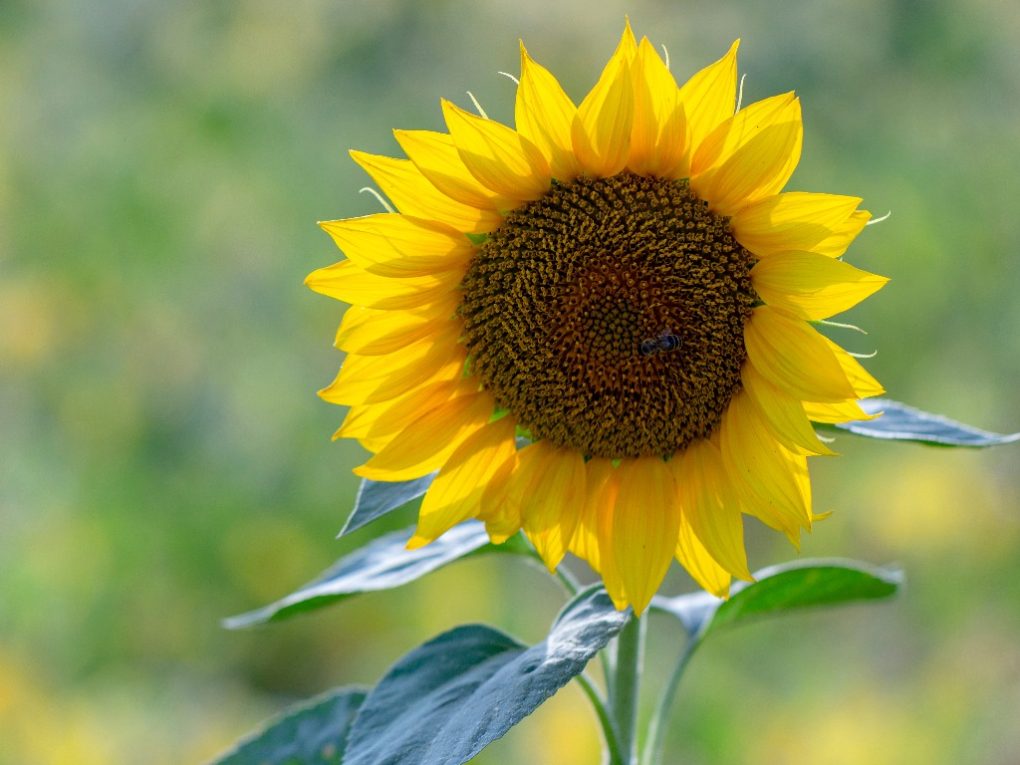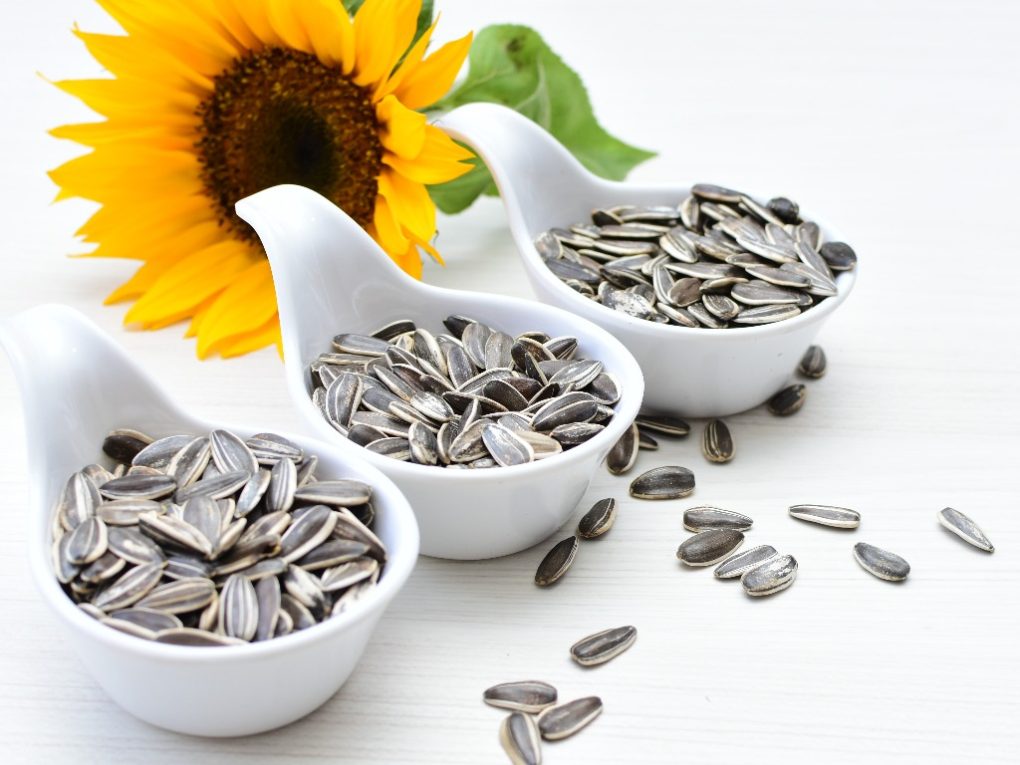Is Sunflower a Fruit: The Definitive Answer Based on Science
Yes, the sunflower is botanically classified as a fruit. More specifically, it is an achene, a dry and indehiscent fruit (meaning it does not split open when ripe). In the case of sunflowers, the fruit is formed from the fused ovaries of many small flowers, with each ovary producing a single seed.

Sunflower is a popular plant known for its beautiful yellow flowers and edible seeds. However, there is a debate among botanists and horticulturists about whether sunflowers are a fruit or not. Some people believe a sunflower is a fruit, while others argue it is a vegetable or a seed. This article will explore whether sunflower is a fruit and provide some insights into the matter.
Table of Contents
Botany of Sunflowers
According to Encyclopedia Britannica, sunflowers, scientifically called Helianthus annuus, are members of the Asteraceae family, one of the largest plant families, and includes many other well-known plants such as daisies, chrysanthemums, and asters.
Sunflowers are annual herbaceous plants that can grow up to 10 feet tall, although some varieties have been bred to be shorter. They have a single stem covered with rough, hairy leaves, and their flowers are typically large and showy, with a dark center (known as the disk) and bright yellow petals (known as ray florets).
Each sunflower head contains hundreds to thousands of individual flowers arranged in a spiral pattern around the center. The outermost flowers are female, with long styles and stigmas that extend outwards, while the inner flowers are male, with shorter stamens.

After pollination, each flower produces a single seed, which is contained within a hard, black outer shell known as achene. The seeds are rich in oil and protein and are an important food source for birds, mammals, and humans.
Sunflowers are known for their ability to track the movement of the sun throughout the day, a phenomenon known as heliotropism. This is due to the differential growth of the stem on the east and west sides, which causes the flower head to face eastward in the morning and gradually turn westward as the sun moves across the sky. However, some sunflowers have been bred to be non-heliotropic, meaning they do not exhibit this behavior.
Sunflower Anatomy

- Stem: The stem of a sunflower is long, straight, and sturdy, with rough, hairy leaves that grow alternately along its length.
- Leaves: Sunflower leaves are large and oval-shaped, with a rough texture and serrated edges. They are arranged in an alternating pattern along the stem.
- Flower head: A sunflower’s large, showy head comprises many small flowers arranged in a spiral pattern. The outermost flowers have long styles and stigmas that extend outwards, while the inner flowers have shorter stamens.
- Disk: The dark center of the sunflower flower head is called the disk, containing both male and female flowers. The male flowers have short stamens surrounding the female flowers, which have long styles and stigmas.
- Petals: The bright yellow petals of a sunflower are modified leaves called ray florets. They surround the disk and attract pollinators to the flower.
- Pollen: Sunflowers produce abundant pollen, which pollinators such as bees and butterflies transfer from the male to the female flowers.
- Ovary: Each female flower in the sunflower head contains an ovary, which will develop into a seed if fertilized.
- Seeds: The seeds of a sunflower are contained within hard, black outer shells called achenes. They are rich in oil and protein and are an important food source for many animals, including humans.
Culinary and Nutritional Uses
Sunflower Seeds in Cuisine
Sunflower seeds are a versatile ingredient used in various cuisines worldwide. They can be eaten raw, roasted, or salted and are often added to salads, bread, granola bars, and trail mix. Sunflower seeds can also be ground into a paste to make sunflower butter, a popular alternative to peanut butter for those with nut allergies.
In Eastern Europe, sunflower seeds are commonly used to prepare halva, a sweet confection made from sesame or sunflower seeds. In China, sunflower seeds are roasted and sold as a snack food, while in the Middle East, they are used to make tahini, a paste used in hummus and other dishes.
Overall, sunflower seeds are a versatile ingredient used in many cuisines worldwide. Here are some common uses of sunflower seeds in cuisine:

- Snacks: Sunflower seeds are often roasted, salted, and enjoyed as a healthy snack. They can also be seasoned with spices or other flavorings for variety.
- Baking: Sunflower seeds can be used in baking, either as a topping for pieces of bread and pastries or as an ingredient in granola, muffins, or other baked goods.
- Salads: Sunflower seeds add a crunchy texture and nutty flavor to salads. They can be used as a topping for green salads or incorporated into grain salads for added protein and flavor.
- Sauces and dips: Sunflower seeds can make a creamy, nutty sauce or dip. I’ve tried blending it with herbs, garlic, and other ingredients to make a tasty spread for sandwiches or vegetables, and it’s one of the most delicious things I’ve ever tasted.
- Vegetarian and vegan dishes: Sunflower seeds are a popular ingredient in vegetarian and vegan cuisine, providing a good source of protein and healthy fats. They can be used to make plant-based burgers, meatballs, or patties or added to vegetarian stir-fries or curries.
Nutritional Profile of Sunflower Seeds
Sunflower seeds are nutrient-dense and rich in healthy fats, protein, fiber, vitamins, and minerals. According to the United States Department of Agriculture (USDA), one ounce (28 grams) of sunflower seeds contains the following nutrients:
| Nutritional Value | Amount |
| Calories | 164 g |
| Protein | 5.5 g |
| Fat | 14.2 g |
| Carbohydrates | 6.5 g |
| Fiber | 2.4 g |
| Vitamin E | 7.4 mg, 37% RDI |
| Thiamin | 0.1 mg, 7% RDI |
| Niacin | 1.8 mg, 9% RDI |
| Vitamin B6 | 0.1 mg, 5% RDI |
